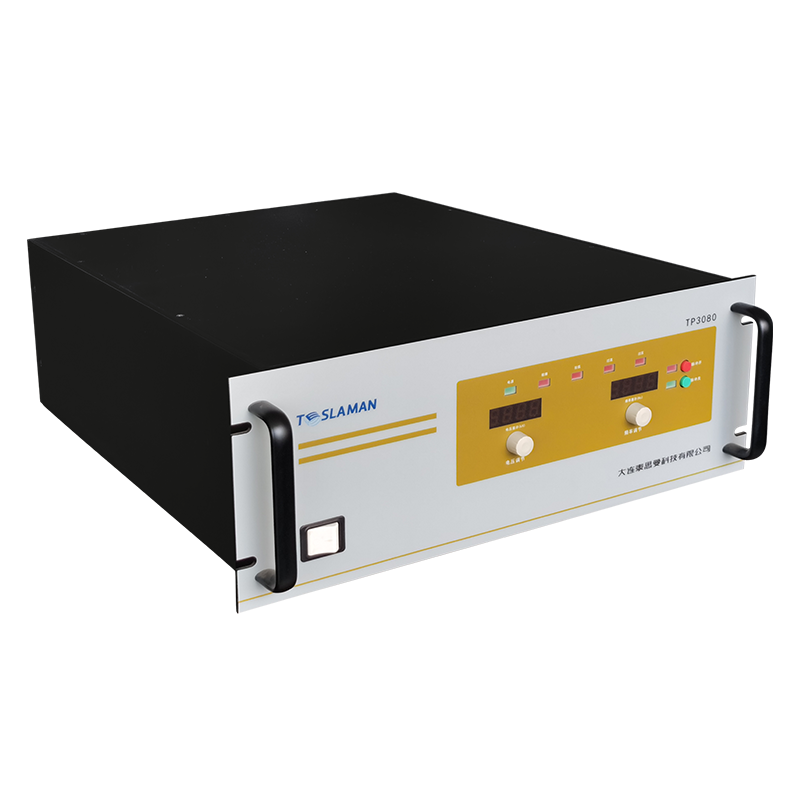Application and Development of High Voltage Power Supplies in Industrial Welding
Abstract
From a professional perspective, this article deeply explores the application principles, technical advantages, existing problems of high voltage power supplies in the field of industrial welding, and analyzes its future development trends, aiming to provide references for the optimized application and technological innovation of high voltage power supplies in industrial welding.
1. Introduction
Industrial welding is an important process for connecting metal components in modern manufacturing, widely used in many fields such as automotive manufacturing, shipbuilding, aerospace, etc. With its unique performance characteristics, high voltage power supplies play a crucial role in improving welding quality and efficiency, and have become the core components of industrial welding equipment.
2. Application Principles of High Voltage Power Supplies in Industrial Welding
During the industrial welding process, high voltage power supplies generate high voltage and high current arcs to provide the required energy for welding. Taking arc welding as an example, the high voltage power supply converts the input electrical energy into arc heat energy, generating a high temperature arc between the electrode or wire and the workpiece, melting the metal and forming a weld. When working, by precisely controlling parameters such as the waveform and frequency of the output voltage and current, it can adjust welding process parameters such as arc stability, penetration depth, and deposition rate to meet the welding requirements of different materials and workpieces of different thicknesses.
3. Application Advantages of High Voltage Power Supplies in Industrial Welding
Improving Welding Quality: High voltage power supplies can provide a stable arc, reducing defects such as spatter and porosity during the welding process, making the weld formation more beautiful and dense, and effectively improving the strength and toughness of the welded joint.
Enhancing Welding Efficiency: With its high power output characteristics, high voltage power supplies can achieve rapid welding, shortening the welding time and increasing production efficiency. This efficiency improvement is particularly significant in large scale industrial production.
Enhancing Process Adaptability: By flexibly adjusting power supply parameters, high voltage power supplies can be applied to various welding methods, such as argon arc welding and plasma arc welding. They can also meet the welding requirements of different metal materials (including alloy steels, non ferrous metals, etc.), expanding the application range of welding processes.
4. Problems Faced by High Voltage Power Supplies in Industrial Welding Applications
Energy Consumption Problem: Traditional high voltage power supplies have certain losses during the energy conversion process, resulting in low overall energy efficiency and increasing the production cost and energy consumption of industrial welding.
Electromagnetic Interference: The electromagnetic interference generated by high voltage power supplies during operation may affect the normal operation of surrounding electronic devices. At the same time, it will also interfere with signal acquisition and control during the welding process, reducing the stability of welding quality.
Equipment Complexity: In order to achieve precise parameter control and stable performance output, the circuit structure and control system of high voltage power supplies are becoming increasingly complex. This not only increases the manufacturing cost of the equipment but also brings difficulties to equipment maintenance and fault troubleshooting.
5. Development Trends of High Voltage Power Supplies in Industrial Welding
Intelligent Control: Introduce technologies such as artificial intelligence and the Internet of Things to achieve intelligent adjustment and remote monitoring of high voltage power supplies. By real time collecting parameters during the welding process, automatically optimizing the power output, and improving the consistency and stability of welding quality.
High Efficiency and Energy Conservation: Develop new power devices and power supply topologies to reduce energy losses and improve power efficiency. Adopt green energy saving technologies to reduce the environmental impact of industrial welding, in line with the requirements of sustainable development.
Integration and Miniaturization: With the development of electronic technology, high voltage power supplies will develop towards integration and miniaturization, reducing the volume and weight of the equipment, facilitating installation and use, and at the same time reducing production costs.
6. Conclusion
High voltage power supplies have important application value in industrial welding. Although currently facing problems such as energy consumption, electromagnetic interference, and equipment complexity, with the continuous progress of technology, intelligence, high efficiency and energy conservation, integration and miniaturization will become its main development directions. In the future, high voltage power supplies will play a greater role in the field of industrial welding, promoting the development of the manufacturing industry towards higher quality and higher efficiency.




















